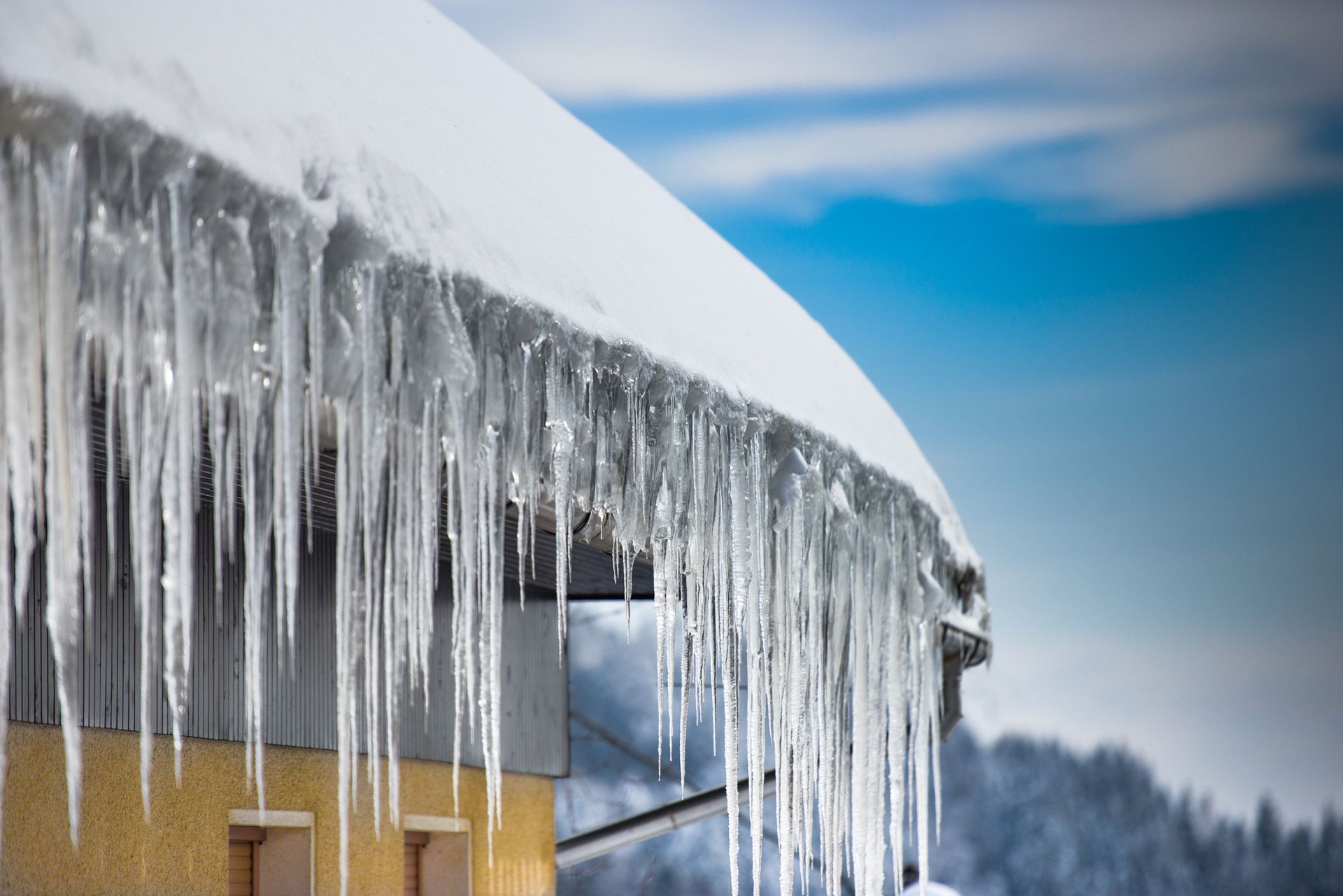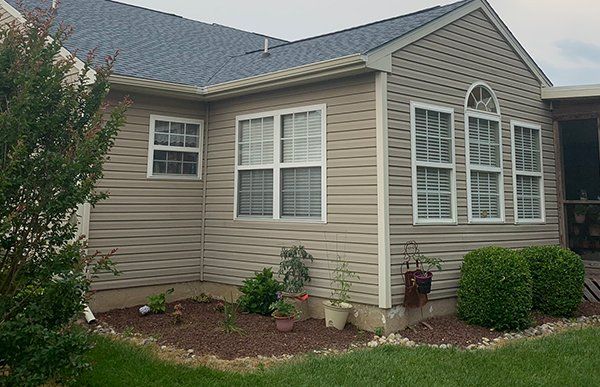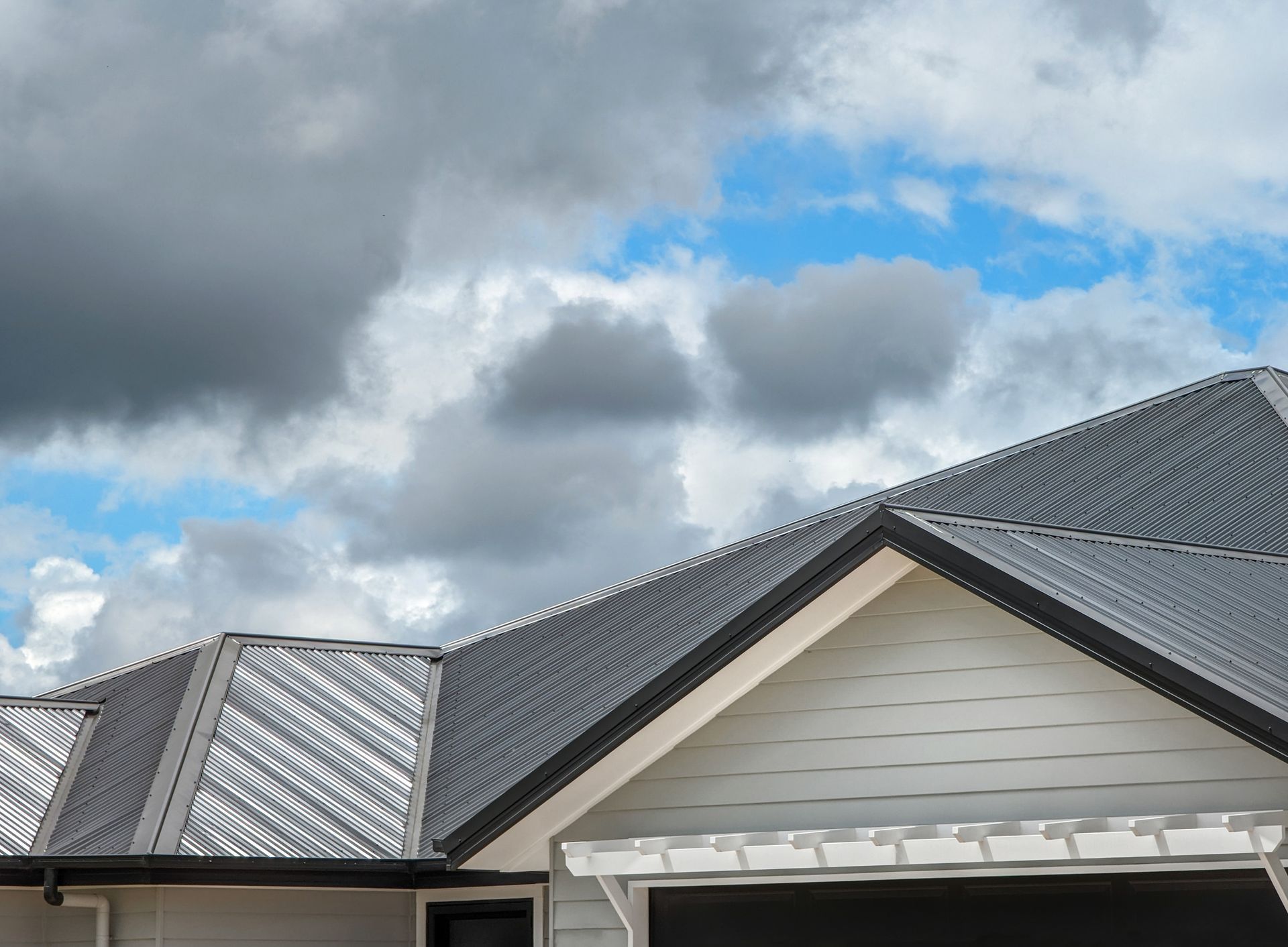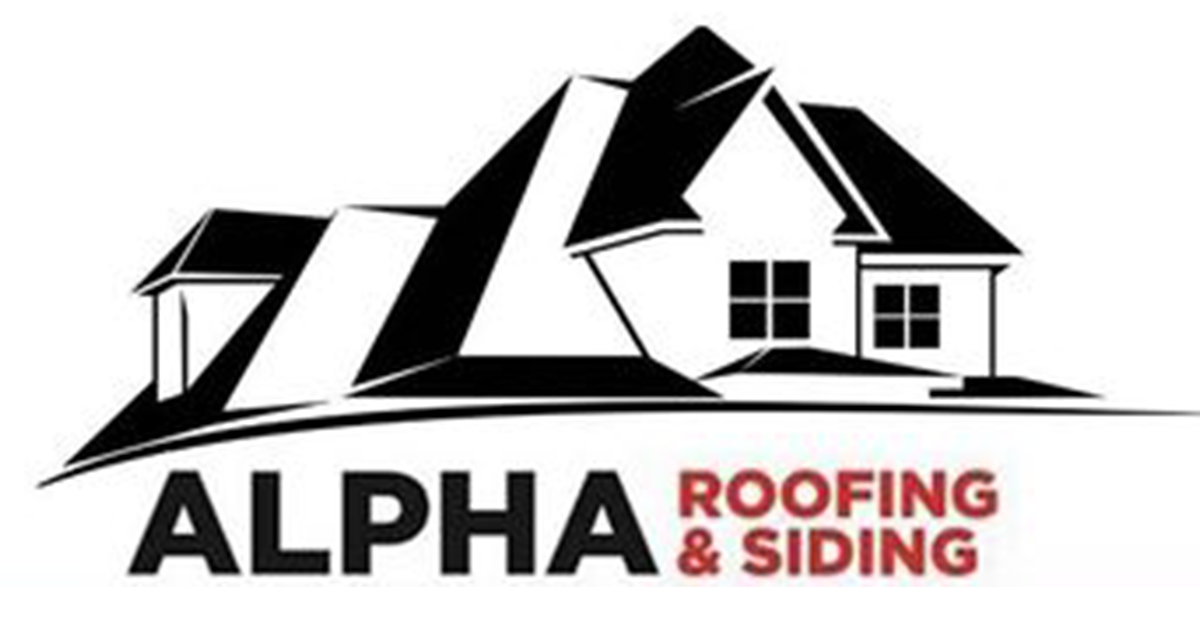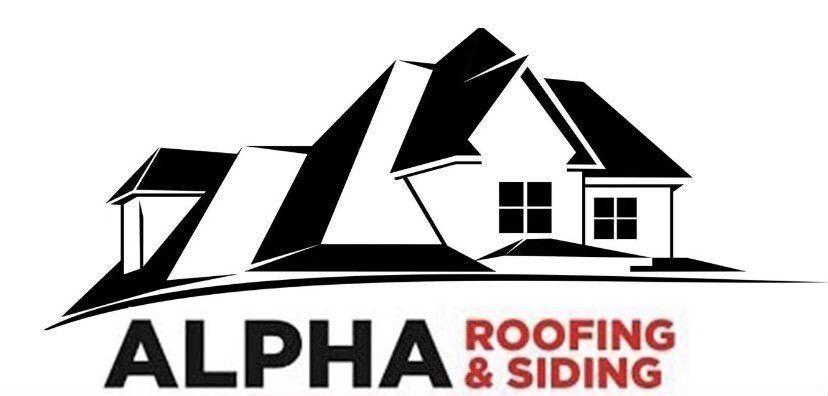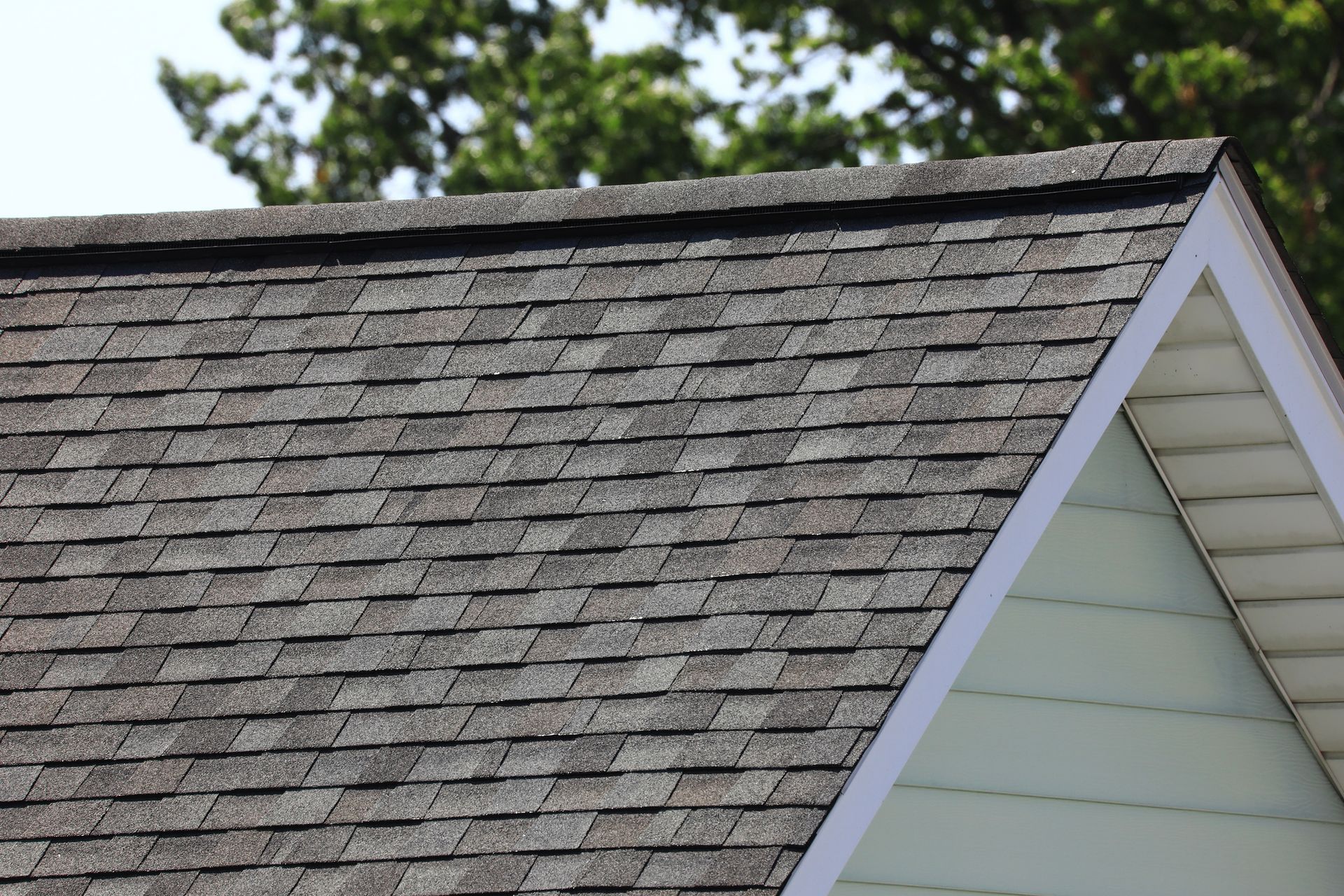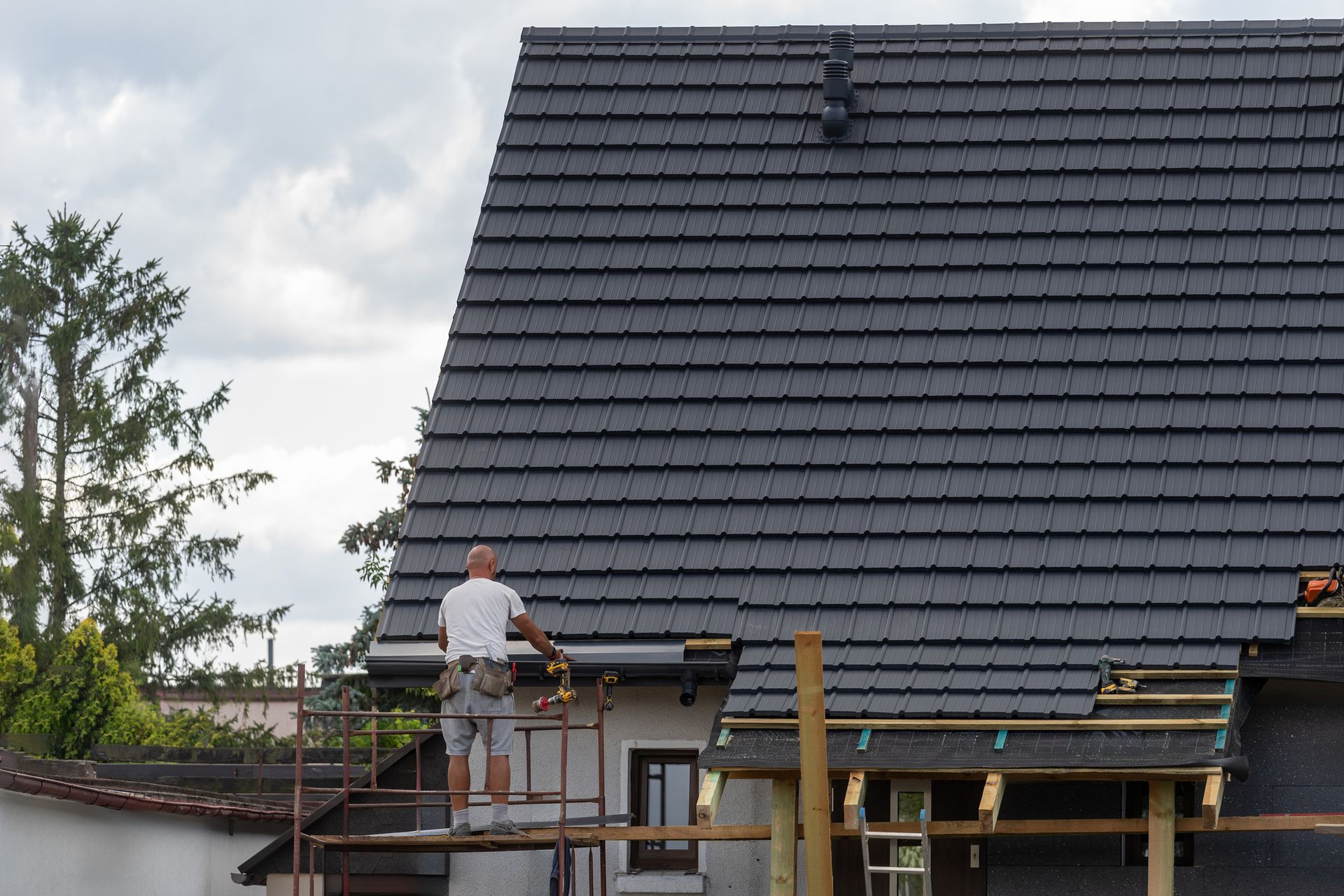Understanding The Key Elements of Gutter Installations
Are you planning to install new gutters for your home? Before you take the plunge, it's important to have a basic understanding of the key elements of gutter installations.
Gutters play a critical role in protecting your home from water damage, but they need to be installed correctly to do their job effectively. In this blog post, we'll explore the different types of gutters, materials, sizes, and installation techniques to help you make informed decisions when it comes to choosing and installing gutters for your home.
Types of Gutters
There are two primary categories of gutters: K-style and half-round. K-style gutters, also referred to as ogee gutters, are the prevailing type observed in contemporary residences. They have a decorative front side that mimics crown molding and can hold more water than half-round gutters.
On the other hand, half-round gutters are exactly as they sound—half-round tubes. These are typically found in older, historic homes and are loved for their elegant, classic look.
In addition to these, there are also box gutters and seamless gutters. Box gutters are built into the roof structure, providing a clean aesthetic for those who prefer not to see gutters on the exterior.
Seamless gutters, as the name suggests, are continuous gutters manufactured at the job site to fit your home perfectly. This eliminates the need for seams, reducing the possibility of leaks. Each type of gutter has its own advantages and is suitable for different architectural styles and needs.
Materials
Gutters can be made of various materials, such as aluminum, copper, steel, vinyl, or zinc. Aluminum is the most popular material due to its affordability, rust-resistant properties, and ease of installation. Copper gutters are a more expensive alternative often used for high-end homes due to their elegant, timeless appearance.
Steel gutters are more durable but require additional maintenance to prevent rusting. Vinyl gutters are lightweight and inexpensive, but they may crack or warp over time, especially in hot climates. Zinc gutters are an eco-friendly, long-lasting, and low-maintenance option, but they are also the most expensive.
Sizes
Gutters also come in various sizes. The size you choose will depend on the volume of water your gutters need to handle, which is determined by the slope of your roof, the location of your home, and environmental factors such as rainfall. A professional gutter installer can help you determine the right size of gutters for your home based on these factors and other considerations, such as the number of downspouts required.
Installation Techniques
Finally, the installation of your gutters is critical to their effectiveness, durability, and aesthetic appeal. Gutter hangers, which attach your gutter to the fascia board, are one of the most important elements of a successful installation. They come in various forms, such as spikes and ferrules, T-straps, or hidden hangers, each with their pros and cons.
Proper sloping is also crucial to avoid standing water that can lead to damage or overflowing gutters. Other installation techniques include sealing end caps, connecting sections with either slip joints or crimping, and installing splash blocks or downspout extensions to direct water away from your home's foundation.
Installing new gutters may seem like a straightforward task, but there are various elements to consider to ensure a successful and efficient installation. By understanding the types of gutters available, the materials they are made from, the sizes they come in, and the installation techniques required, you can make informed decisions and work with a professional gutter installer to achieve a sleek, protective, and long-lasting gutter system for your home.
Choose the roofing experts at Alpha Roofing & Siding when you need superior roofing installation. Remember, when it comes to keeping water out of your home and preserving its value, quality gutters are worth the investment. Get in touch with us today.


